The genus Tamarix (Tamarisk), also known as ‘salt cedar’ comprise of about 50–60 species of flowering plants, native to drier areas of Eurasia and Africa. They are deciduous shrubs growing up to 18 m in height and forming dense thickets. The largest, Tamarix aphylla, is an evergreen tree that can grow to 18 m tall. They usually grow on salty soils, tolerating up to 15,000 p.p.m. soluble salt, and can also tolerate alkaline conditions.
Tamarix are deciduous shrubs or small trees of feathery effect, with minute leaves and racemes of very small pink or white flowers in spring, summer or early autumn. They are characterized by slender branches and grey-green foliage. The bark of young branches is smooth and reddish brown. As the plants age, the bark becomes bluish-purple, ridged and furrowed.
The leaves are scale-like, almost like that of junipers, 1 – 2 mm long, and overlap each other along the stem. They are often encrusted with salt secretions. The pink to white flowers appear in dense masses on 5 – 10 cm long spikes at branch tips from March to September, though some varieties tend to flower during the winter.
They are well adapted to fire, and have long tap roots that allow them to intercept deep water tables and exploit natural water resources.
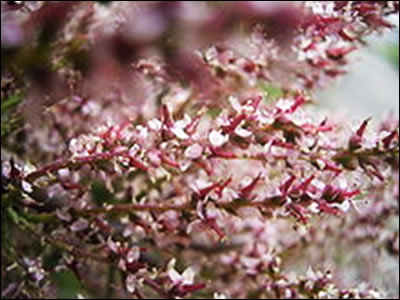
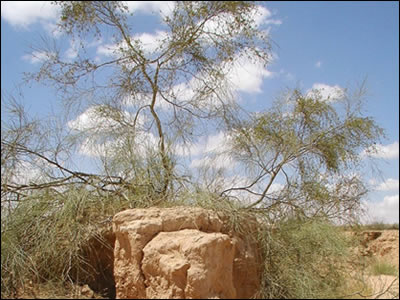
Tamarix chinensis is a species of tamarisk known by the common names “five-stamen tamarisk”. It is native to China and Korea, and it is known in many other parts of the world as an introduced species and sometimes an invasive noxious weed. It easily inhabits moist habitat with saline soils. It may grow as a tree with a single trunk or as a shrub with several spreading erect branches reaching 6 metres or more.
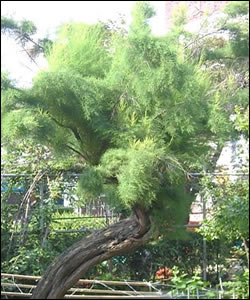
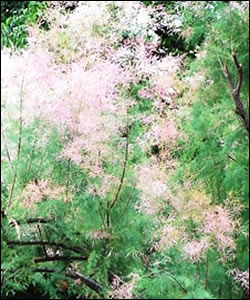
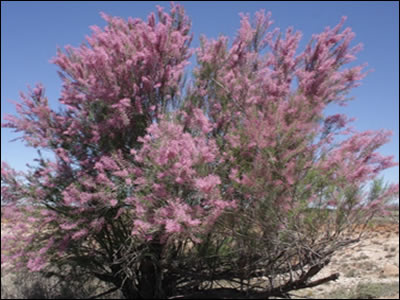
It grows well in most soils but dislikes shallow chalky soil. Requires full sun and a well-drained sandy soil in coastal plantings but it requires shelter from cold drying winds when planted inland.
Tamarisk as bonsai are easy to grow but not easy to keep a sustained style as, rather like willow, there is frequently die back if the last seasons new twiggery during winter months. This means constant rewiring of new growth every season. Many Tamarisk bonsai are styled with weeping foliage and this requires wiring growth downwards every year as it extends.
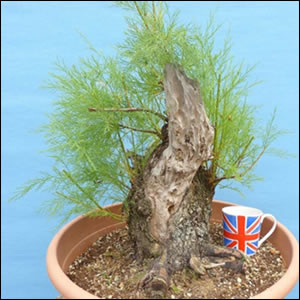
Picture courtesy of Graham Potter (Kaizen Bonsai)
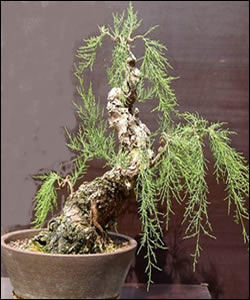
Web design: nysys